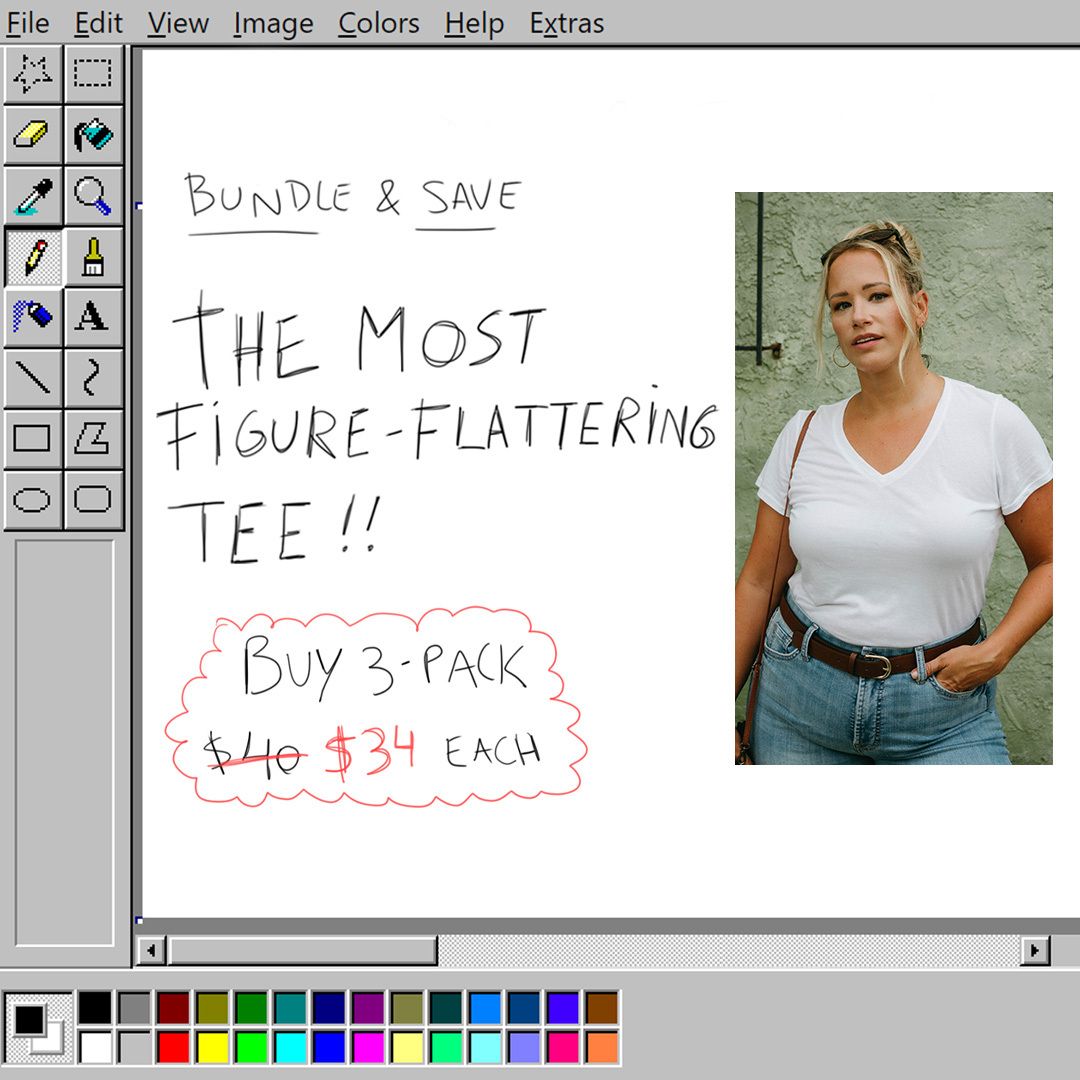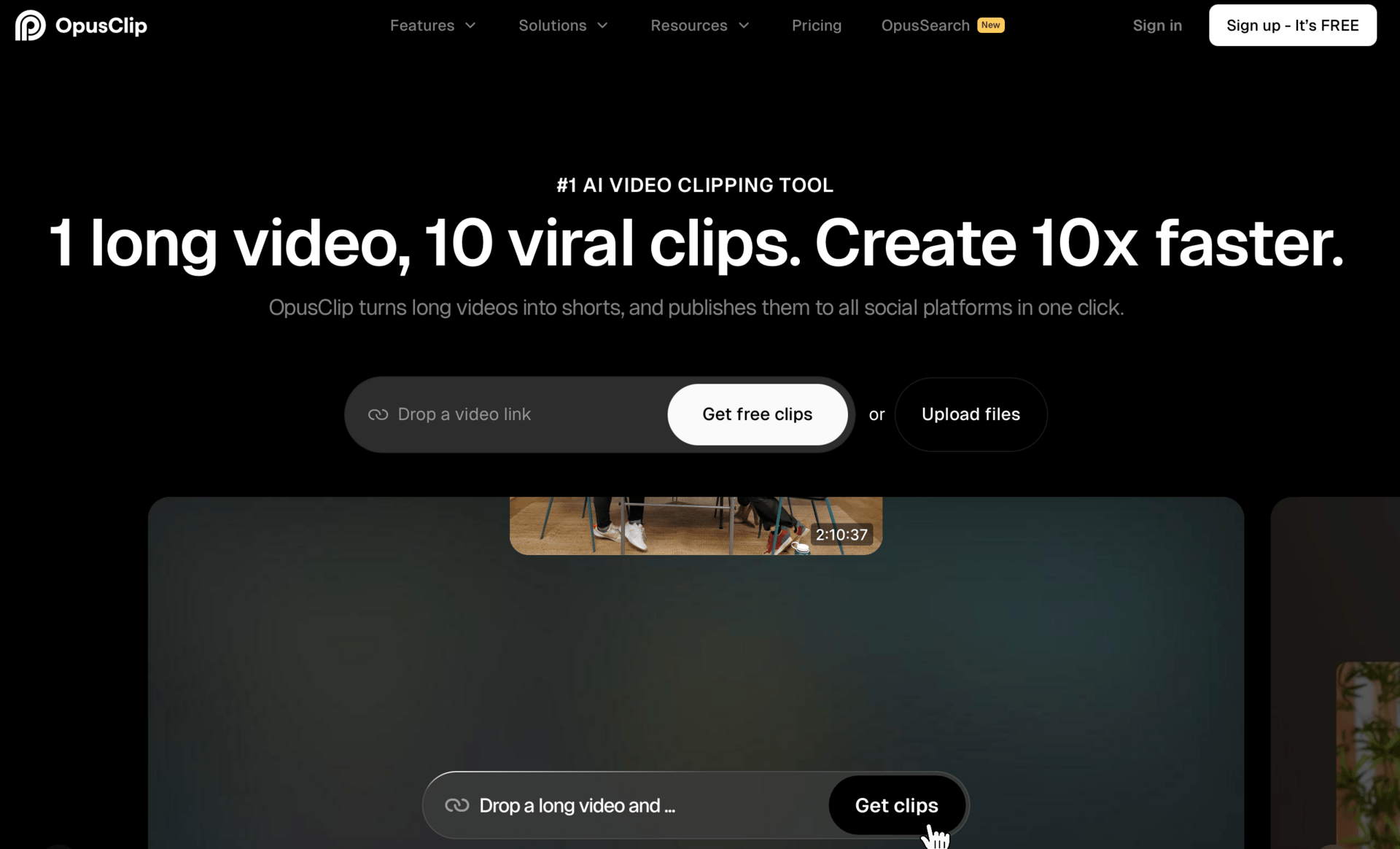- Spring Media
- Posts
- Ugly ads are printing right now!
Ugly ads are printing right now!
The Thursday Brain Download
Hey, it’s Arik.
I don’t doom scroll often, but when I do, it’s usually on Twitter or LinkedIn, and on the odd occasion TikTok.
Last Sunday was one of those odd occasions. I ended up in a TikTok rabbit hole of Meta ads, and stumbled on a video talking about this trend called “ugly ads.”
At first I thought it was clickbait. But after a little digging, it actually made sense, especially when you zoom out and think about what good creative really does and how far this trend leans in the opposite direction of what most brands are trying to do right now.
So this week, I want to break it down.
• What actually makes an ad perform on Meta right now?
• What goes into a creative that converts?
• And how do you build a testing system that actually leads to signal, not just nice looking videos?
Here’s what I’m seeing work across multiple client accounts:
#1 - Match creative format to intent.
↑ Top of funnel, is where you become discoverable, generate awareness, and educate.
So the best performers tend to be:
• Founder stories
• Viral style UCG
• Problem/Solution based ads
• Value based eduction.
→ Middle of funnel is where you go a bit deeper and go after people who’ve already seen some of your videos or organically engage with you:
• Objection handling
• Product comparisons
• Side-by-side reviews
• Customer education
• Before/after routines
↓ And bottom of funnel is where you convert people and build loyalty:
Special offers
Social proof
Urgency or restock alerts
If you get these 3 things right, you’re guaranteed to be getting more sales.
#2 - Psychology matters more than the visuals.
Every winning creative has 3 things working for it:
1. A clear angle that speaks to the audience’s current belief
2. A message that resonates with their emotional state or intent
3. A structure that makes it easy to consume and act on
If your ads aren’t converting, it’s usually not the visuals, it’s the lack of clarity. Your ads are only as good as your understanding of the moment your customer is in.
You’re either saying too much, saying the wrong thing, or assuming people already understand the value.
#3 - Stop treating UGC and statics like separate channels.
The real unlock is running them together. UGC warms them up, statics drive the click, carousels confirm the product benefits, and long-form sales pages close the deal.
You want to build modular creative systems that speak to different awareness levels, and make it easy to remix high-performing messages across formats.
We use tools like OpusClip, Munch, and Descript to generate 10+ variations from a single UGC shoot. Then layer in AI voiceover and GPT-generated hook variations to test narrative speed.
If one script format keeps outperforming (say, first-person storytelling), we know to replicate that style across the next batch.
If one hook crushes in static but not in UGC, we ask why. Sometimes it’s the framing, sometimes it’s the delivery, but there’s always a reason.
That’s the whole point of testing. Not to find one winner, but to build a creative system that consistently feeds you answers.
#4 - Now, back to “ugly ads” for a second…
This is the part that caught my attention last weekend.
The whole idea behind ugly ads is that they feel accidental and raw. They’re not designed to be aesthetic; in fact, they’re sometimes borderline awful to look at. They’re designed to bring the focus back to the message, and they work because they don’t feel like ads.
They look like posts you’d see from a friend or a sketchy meme page, and that’s exactly why people stop.
Here are some examples:

It’s chaotic. It’s weird. But it works, especially in the first few seconds when attention is either earned or lost.
Are these going to work for every brand? No.
But it’s a reminder that production doesn’t equal performance. And sometimes, going left when everyone else is going right is enough to win attention.
If you’re planning creative strategy for Q4, here’s the takeaway:
Your ad needs to do three things:
1. Get attention from the right person
2. Speak directly to their problem or desire
3. Drive them to act. Whether that’s a click, a comment, or a checkout.
That’s it. The format, production quality, and editing style all come second.
If your current stack isn’t converting, step back and ask: What does my best customer actually need to hear right now? And what would make them stop, watch, and take the next step?
Then build from there.
See you next Thursday,
Arik
🛠️ Tool of the week: OpusClip

If you’re running any kind of video creative, especially UGC, OpusClip is one of the easiest tools to add to your stack.
It takes one long-form video and turns it into 5–15 short-form edits automatically.
It’ll handle cuts, jump zooms, captions, even punch-ins on emotional moments or product mentions.
Super helpful if you’re repurposing influencer content, podcast clips, or behind-the-scenes shoots and want to test hook variations at scale.
Check it out here: https://www.opus.pro